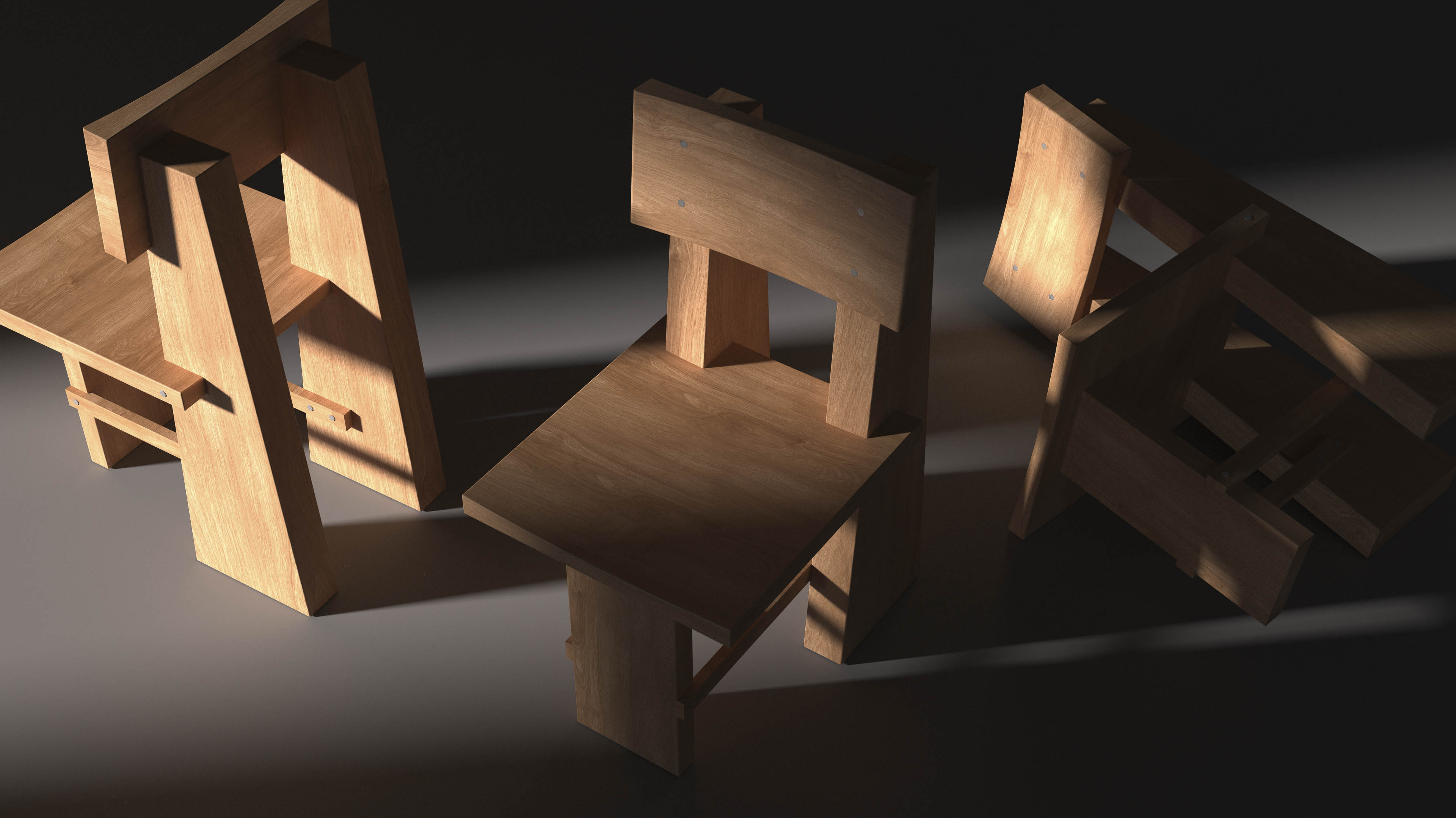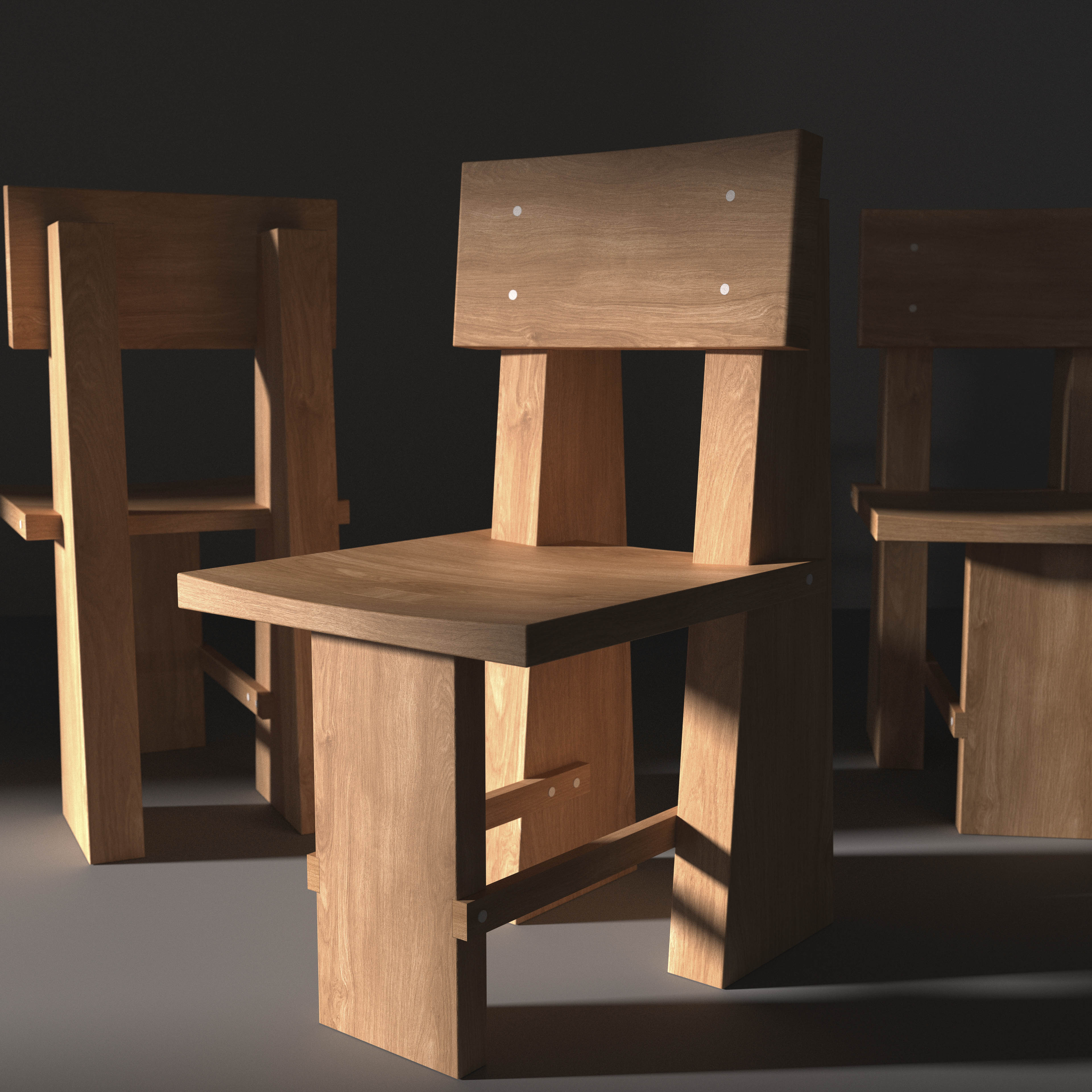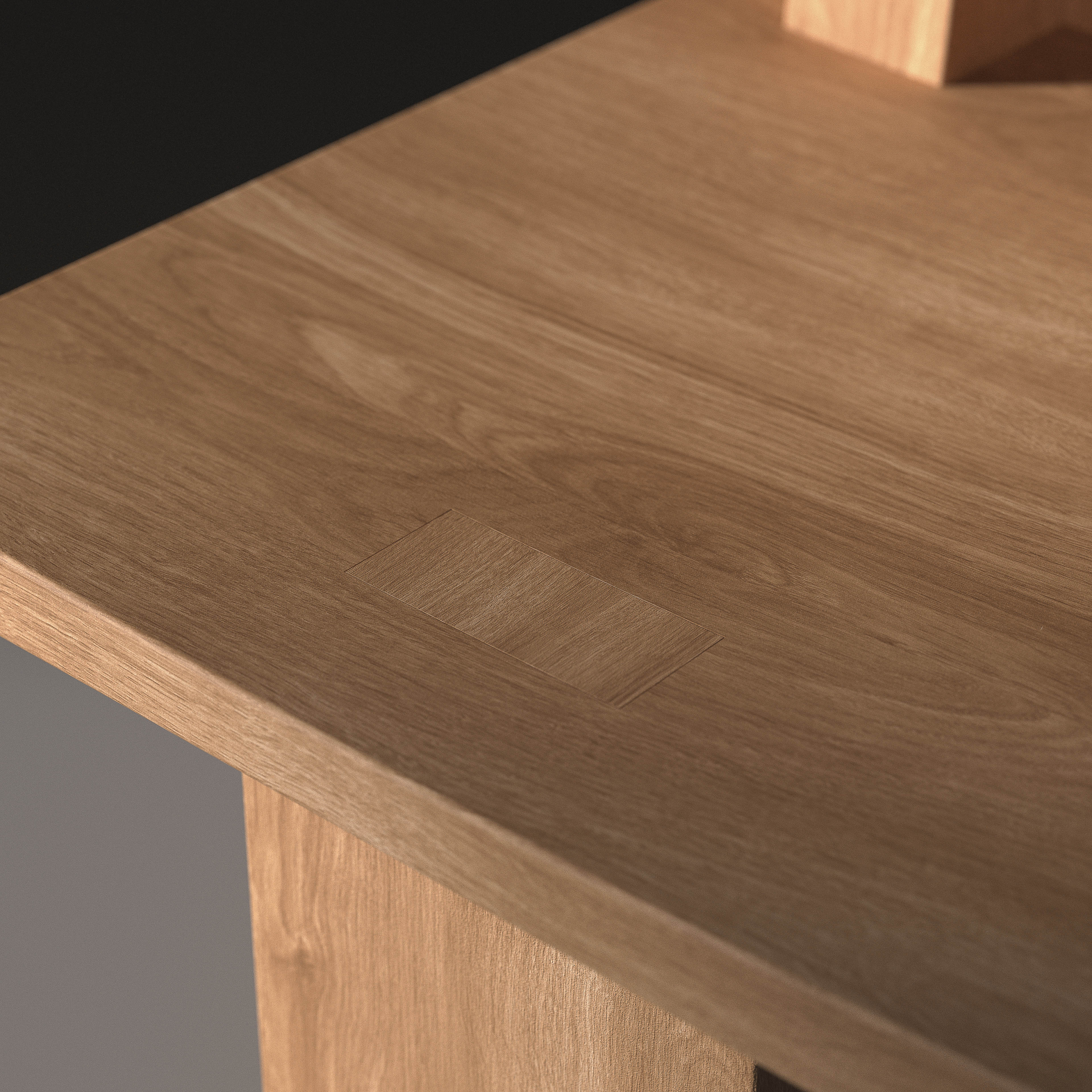1721 W. Chicago Ave interior redesign
06.2025 - IN PROGRESS
For this project, I identified a commercial property listed for lease that showed strong potential for adaptive reuse. I assessed its structural layout, location, and market context to envision how it could be transformed to support a new business concept. The project served as an exercise in both macro and micro design; considering the overall spatial flow and user experience alongside the detailed implements and touchpoints that shape how people interact with the space.
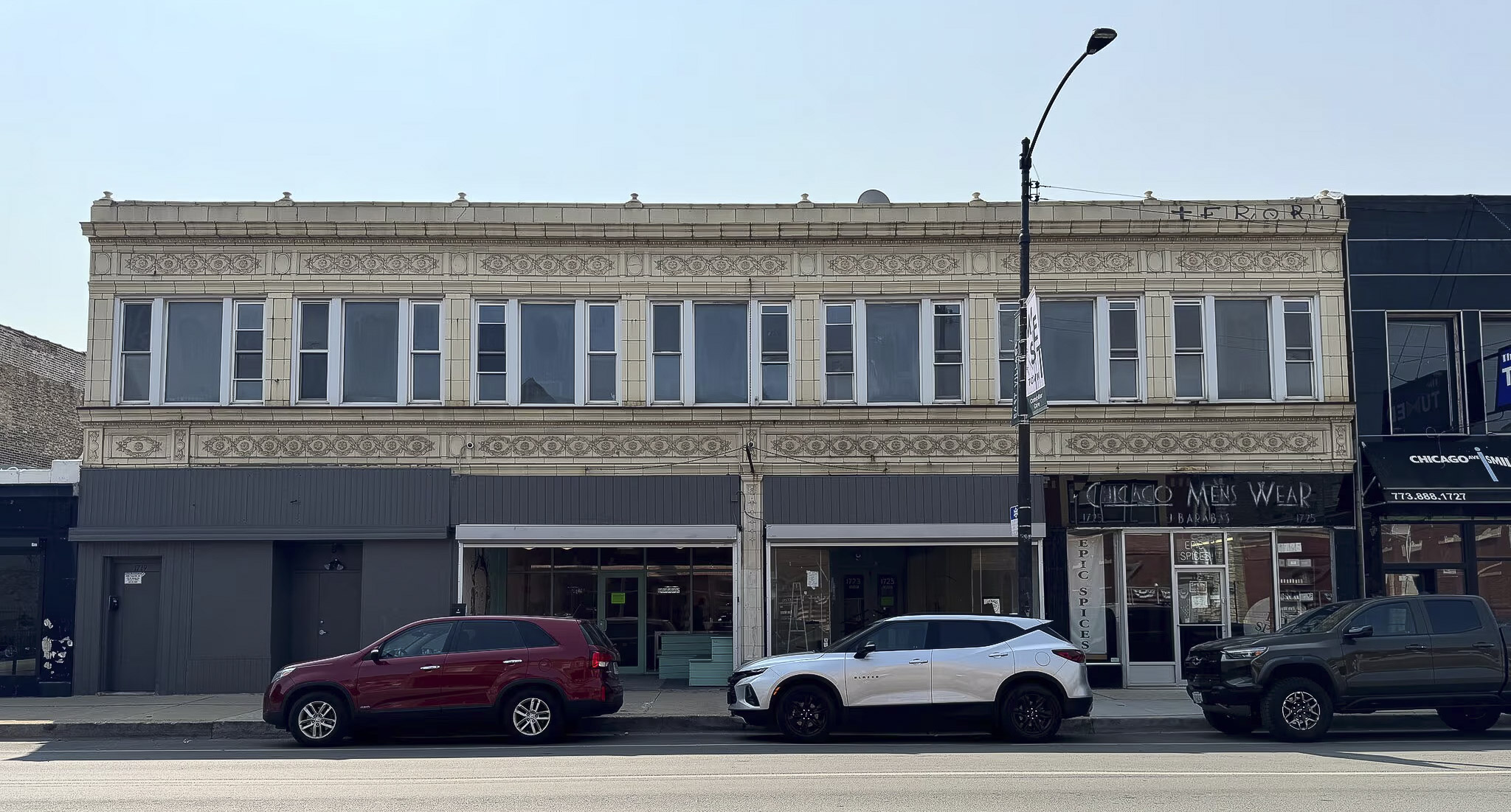
The property was previously operated as an ice cream shop, making it well-suited for a café in terms of zoning and existing infrastructure. With adequate power and water already in place, as well as updated mechanicals and a newly renovated storefront, the space offered a strong foundation for the proposed concept. Its location along a busy commercial corridor in West Town further reinforced its potential, surrounded by established neighborhood staples and consistent foot traffic.




Deciding what changes to make at the macro level began with a close study of the existing floor plans. I analyzed the layout in terms of use, circulation, and spatial relationships to understand how people would naturally move through the environment. This analysis was critical in identifying which architectural elements could remain and which needed to be reconfigured. By understanding these underlying patterns, I could design new built-ins and a service counter that complemented the space’s existing structure while improving functionality and flow.
Service Counter
The most significant design interventions in this space centered around the service counter. As the primary point of interaction between customer and employee, the counter defines both the spatial rhythm and the social experience of the environment. In a coffee shop, it functions not only as a visual focal point but also as the barista’s primary workspace.
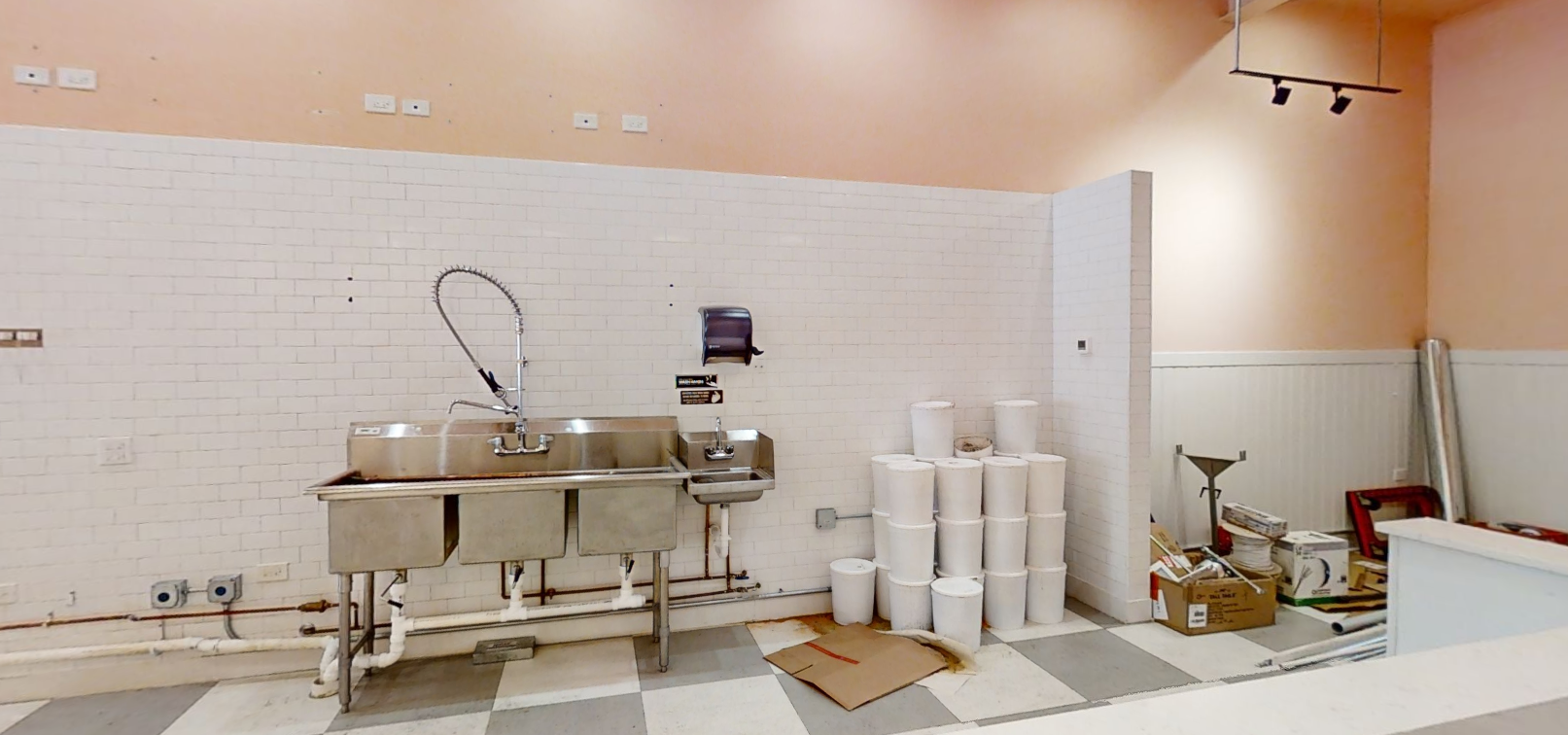
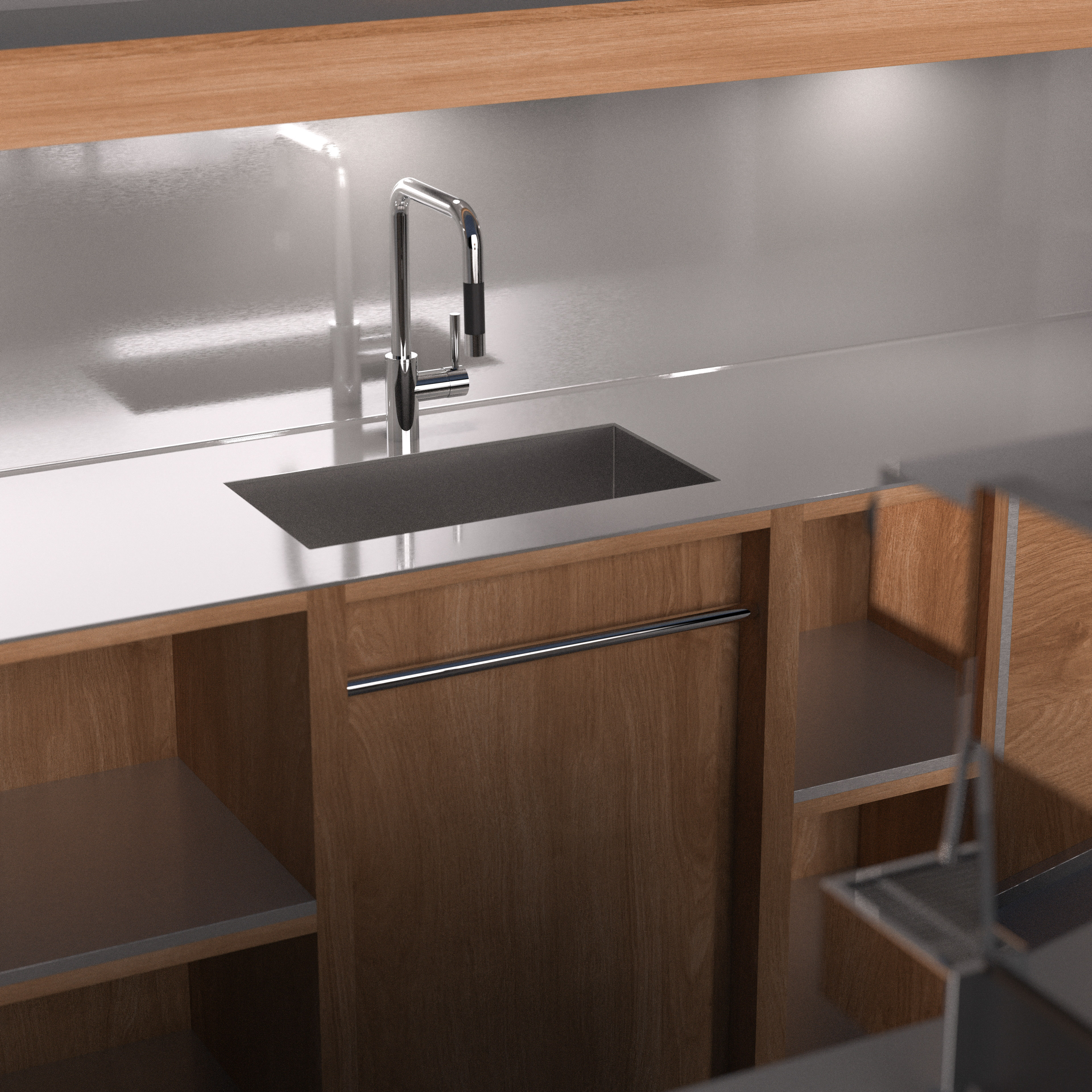
Materials
This is some text inside of a div block.
Seating
This space was designed as a single cohesive environment. The chairs were developed as part of the overall design rather than as separate objects. Their form and materials respond to the layout and function of the space, creating a consistent visual and functional relationship between the furniture and its surroundings.
